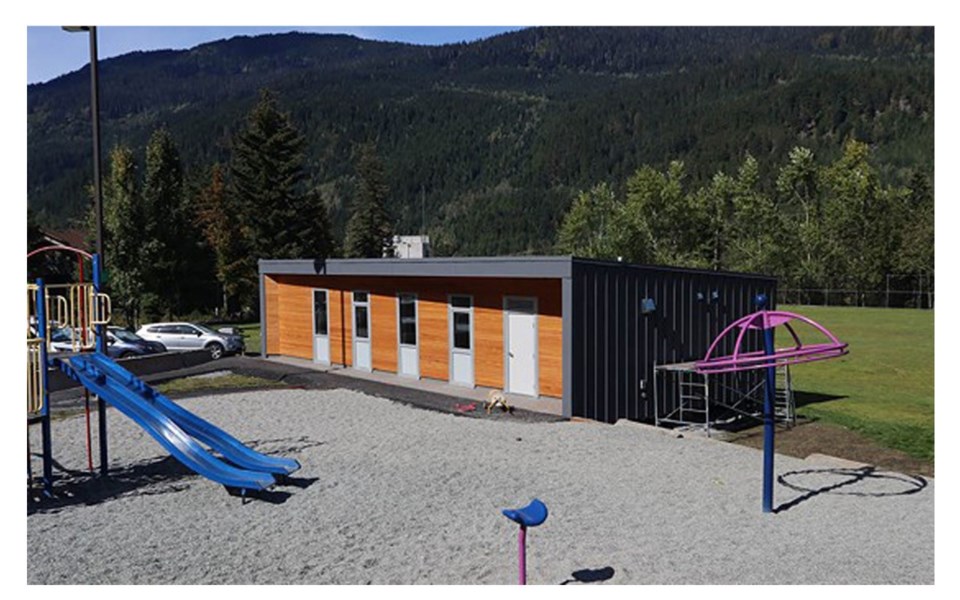With the Lower Mainland battling a measles outbreak, local schools are highlighting the need for vaccination and distributing information on the highly contagious virus.
Vaccination rates for measles at Whistler schools are slightly higher than for all schools in the Sea to Sky corridor, according to Vancouver Coastal Health (VCH) records, with: Spring Creek Community School at 89.7 per cent; Myrtle Philip Community School at 90.2; and École La Passerelle at 87.5. (The rates are from the 2017-18 school year, the most recent data available VCH's website.)
The immunization rate at the Whistler Waldorf School is not publicly available. (The information could be used to single out students who are not immunized, as the school has so few students, according to VCH.)
The average immunization rate for Sea to Sky schools is 79.1 per cent, while the average rate for all schools that fall under the jurisdiction of the VCH, which includes parts of the Lower Mainland and the Sunshine Coast, is 83.1 per cent.
To help inform parents of the importance of immunization, School District 48 (SD48) schools—which have not seen a student with measles—recently sent out a document to parents laying out guidelines for vaccinations and providing information on where students can be immunized.
"Any time that anything like this (happens), we just communicate more regularly with Vancouver Coastal Health," said Philip Clarke, director of instruction for SD48. "We sent out information sheets on measles to all of our families so they have a better idea of what it is."
Geoff McKee, a medical health officer for VCH, said there are "various reasons" for the variability in immunization rates.
"This can include things like incomplete reporting," he said. "Also, small student numbers is something to think about here, because you get some schools with very small numbers of students. So it only takes one student not to be vaccinated to really affect the (vaccination rate)."
VCH's goal is to get immunization rates as high as possible, though McKee noted that immunization might not be an option for some kids. "There are some individuals who cannot receive vaccine due to medical reasons," he said. "This can be due to allergies or medical conditions that suppress the immune system."
Luckily, there is a phenomenon called "herd immunity," he explained. "When we get enough people in a community who are vaccinated against a disease, there becomes too few susceptible individuals to spread the disease."
In the case of measles, the threshold is a 95-per-cent vaccination rate. "This creates a protective barrier in a community for those few individuals who may be particularly susceptible," said McKee.
Currently, B.C. parents are not required to disclose the immunization records of their kids to schools, though that could change as early as this fall.
B.C.'s health minister, Adrian Dix, recently said that the province hopes to have a school vaccine registry in place for schools by fall 2019—this would apply to students in both public and private school.
McKee said that he looks forward to seeing the government's new program in place, though it is too early to comment on it at this point. "We rely on accurate records of immunization status to deliver our immunization programs and respond to outbreaks of vaccine preventable diseases," he said. "I look forwarding to learning more about the government's plan."




